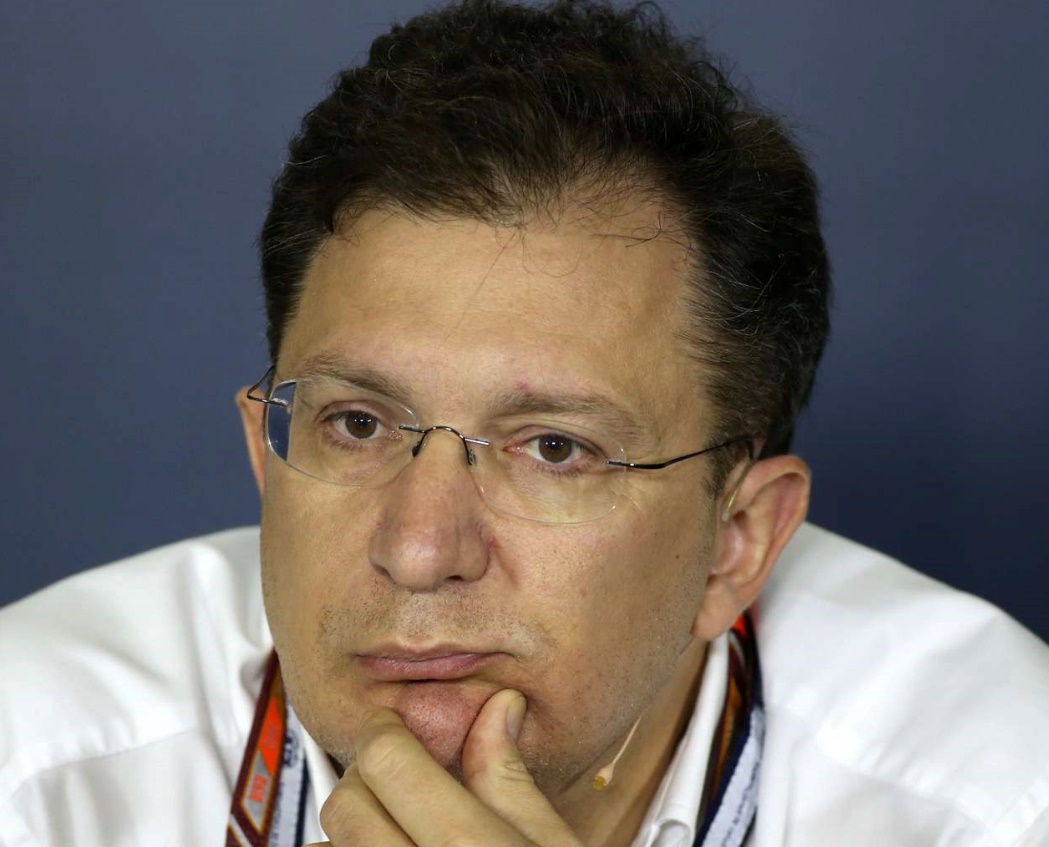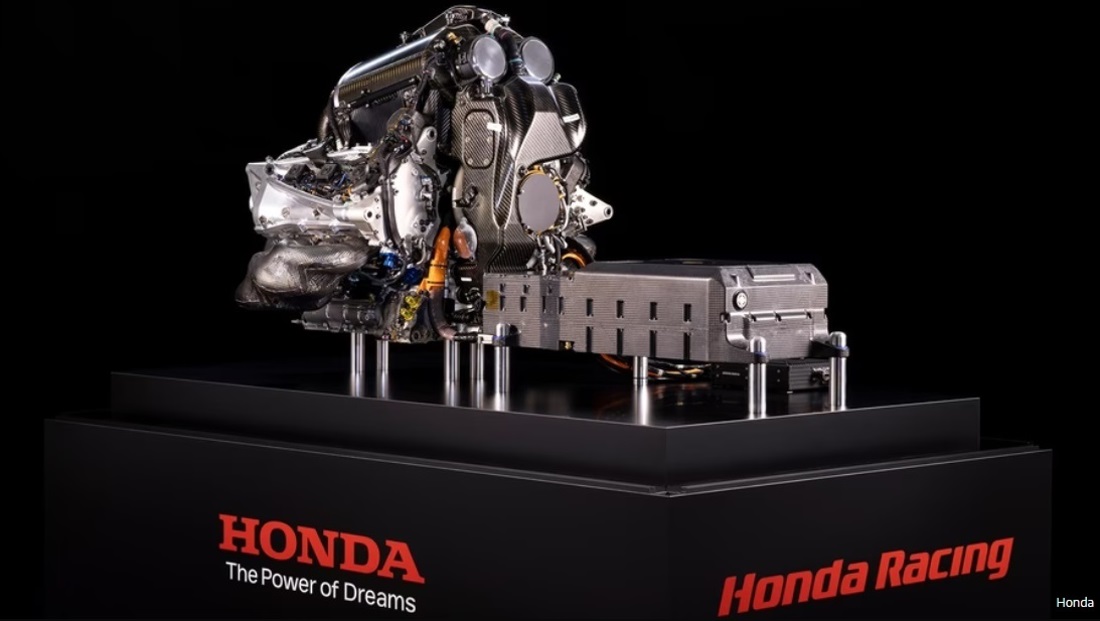F1: FIA targets smaller and lighter cars in 2026 (Latest Update)
Formula 1’s 2026 rules are being developed to produce shorter, narrower and lighter cars, with the FIA targeting a 110lb reduction in weight.
–by Mark Cipolloni–
We reported below information about the hoops the FIA is jumping through with the 2026 F1 car design regulations to make the 2026 F1 cars light and smaller.
Why?
Because the cars will otherwise be too heavy due to the larger batteries required in 2026 for the hybrid portion of the power units, all in the name of saving the planet.
Speaking in an exclusive interview with Autosport’s Italian language sister site it.Motorsport.com, the FIA’s head of single seaters Nikolas Tombazis has said that the main shift will be in the size of the car.

“With the dimensions of the wheels, which will be narrower, plus with the rear wing and the car in general, we aim to reduce the weight of the cars by around 50kg,” he said.
“So, it will be possible to see smaller single-seater cars: shorter and narrower. But we are talking about solutions that still need to be discussed.
“With the car on a diet, we will be able to reduce the cornering speeds a bit. Being lighter, they will go faster in a straight line, but will generate less aerodynamic load. So, we will need to increase the hybrid’s energy recovery to ensure adequate lap performance.”
“A lot of work has been done to understand how energy recovery and management will have to be done, and how overtaking can be done based on the aerodynamic configuration,” he said.
“We have carried out many simulations by changing these parameters, and we have found solutions that seem to work adequately.”
All this work being done, and the hundreds of millions of dollars that will be spent to make the cars, power units, wheels and tires meet the 2026 regulations, and they have no idea that it will actually make the racing better.
Let’s hope it works. The real fear we have the need to do so much energy recovery there will be a negative impact on the drivers’ focus to actually race hard with the constant need to worry about recovering energy.
Oh, but we are saving the planet.
More Insight
According to a report by Tobi Gruner of AMuS, the 2026 Formula1 cars will be 1-foot shorter, have only 6-speed gearboxes instead of 8, and a powertrain that weighs a hefty 420 pounds.
Some additional highlights in his article in German with input/explanation from me:
The 2026 drivetrain not only provides for combustion engines with climate-neutral fuel, but also for a significant increase in the proportion of electricity.
Today, the MGU-K contributes 163 hp to the total output. In 2026, it should be 475 hp.
And that has consequences. As things stand at present, the weight of the drive units will increase by around 90 pounds to 420 pounds. And the electrical energy must first be reliably recuperated.

The fuel tank is unchanged – only 100 kilograms of fuel allowed. 30 kilograms of this are used to generate electrical power alone. The rest of the electric energy needed must be captured through KERS.
This is where Christian Horner raised the concern that when the battery runs out, the driver will need to use some of the 30 kgs of fuel and have the internal combustion engine charge the battery further by downshifting at full throttle. The FIA says their latest models show the driver will not have to downshift at full throttle to do this, as the battery should never run completely dry.
In theory, the ICE will charge the battery during downshifts and braking for corners and during full throttle back up to terminal velocity. The challenge for the engineers is to not require the ICE to waste power charging the battery during acceleration.
In an ideal world, the batteries will be charged by KERS and under braking and downshifting only. Red Bull challenges that may not be enough time because a driver like Max Verstappen gets all his braking done in as short a time as possible. The FIA models may be using a wanker driver braking time/distance.
If the battery does not get fully charged, then in theory, on a really long straight, or a track with two long straights separated by a short fast corner, the battery will run out of energy and the driver will have his power output suddenly drop by 475 hp and have to downshift, which is the Red Bull argument.
Because the combustion engines will only have 70 kilograms of fuel to use in the race, vs. 100 kg today, the combustion engine will then no longer deliver 760 hp, but between 545 and 570 hp. Anymore and the car will run out of fuel. Hence, the challenge for the engineers is to design as fuel efficient an internal combustion engine as possible.
However, the system performance remains almost the same due to the increase in electrical power. Total power output will, therefore, be about 1,040 hp.
In the future, it will no longer be the amount of fuel that determines the maximum output, but the energy provided. The limit is 3,000 megajoules instead of 100 kilograms of fuel per hour.
Why only a 6-speed gearbox instead of 8? Because with the electric motor providing more of the power output, its high torque capability fills in the gaps between gear changes so-to-speak.
